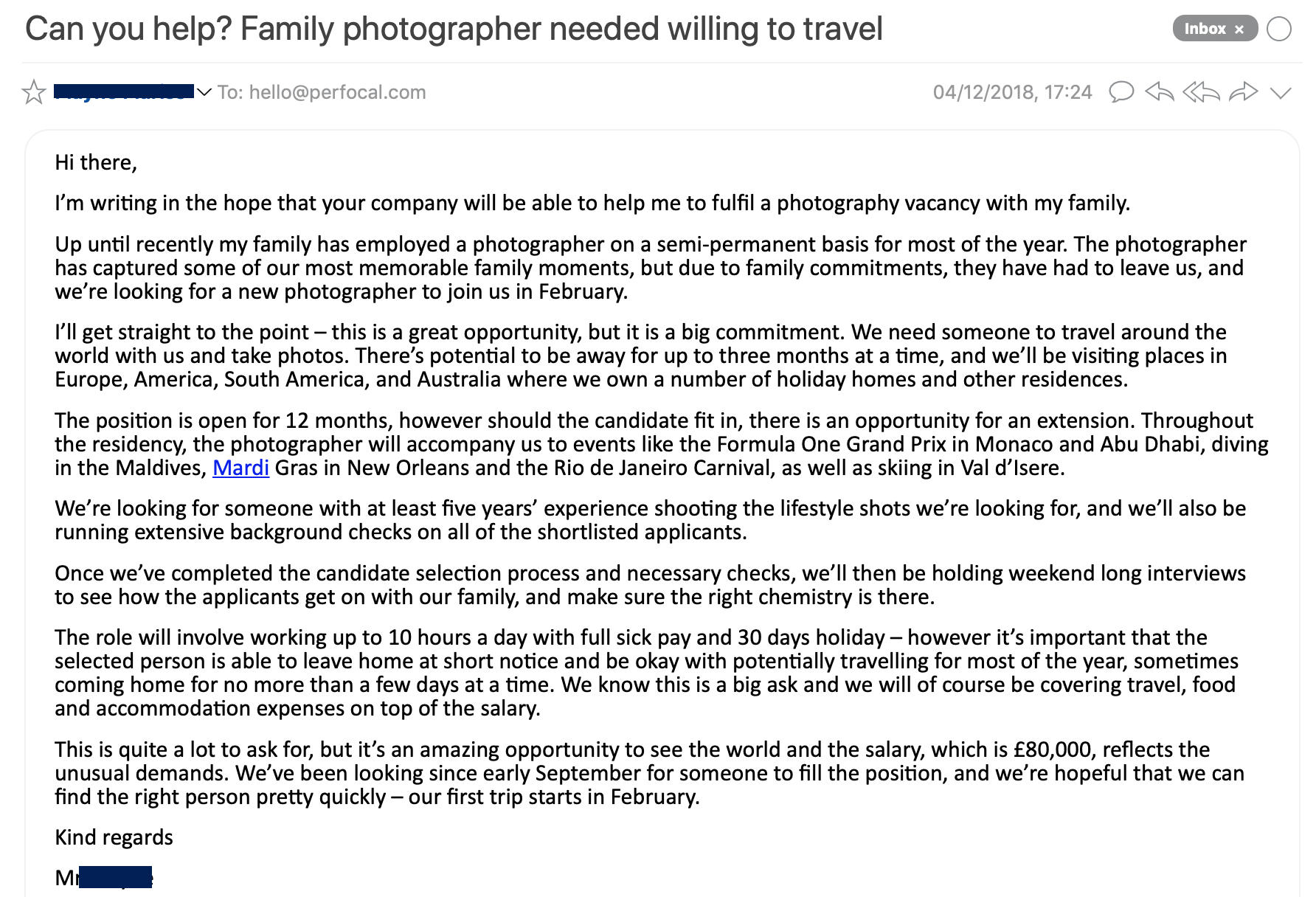4 Tips to Help You Love Using Manual Mode
Sometimes stripping back to the basics and only using minimal, older equipment with none of the modern features new cameras possess, can help you grow as a photographer. Sometimes making good use of selective technology on your digital camera can also help you learn and create more accurate exposures more easily than is ever possible with older cameras.

I started learning on a camera which had no auto anything. There were no options other than to learn Manual Mode. I still use shoot manual 99% of the time.
During the photography workshops we run, I love to encourage people to switch to manual and commit to it for a period of time. If you try Manual Mode once or twice for a short time it’s likely you will not “get” it. You need to commit and using only Manual for most of what you photograph for long enough until you feel you are making progress.

1. Live View/Electronic View Finder
Many cameras now have LCD screens/electronic viewfinders which display how the exposure will look when you take a photo in Manual Mode. If your camera has this function it pretty much eliminates the need to look at the exposure meter or change your metering mode to obtain well-exposed photographs.By focusing your attention on the exposure of the image on your LCD screen or in your electronic viewfinder while you are adjusting your aperture, shutter speed, and ISO settings you can easily see when your photo will look good.

You need have your screen or viewfinder set so it’s neutral, not too bright and not too dark. To check this you can take a few test photos and then review them (on the computer). If they are over or underexposed adjust the brightness value of your camera’s LCD screen and/or viewfinder until your photos have the same exposure value you are seeing in the viewfinder or on your monitor in Live View mode.
2. Use Your Spot Meter
If you prefer not to use Live View or do not have an electronic viewfinder which displays the changes to the exposure value as you adjust your controls, using the spot meter can help you achieve more accurate reading and set your exposures more precisely.
Modern cameras have a selection of metering modes which include a spot meter. Most often using the averaging mode, which takes a reading from multiple segments of the image area and gives an exposure value the camera calculates, is sufficient.
However, in some situations, particularly if your subject is back-lit or contrast in the scene you are photographing is high, using the spot meter setting will allow you to make a reading off the area of the image which is most vital to you.
For example, making a portrait where your background is significantly lighter or darker than your subject it is best to take a spot meter reading from their face as this is usually the most important part of your image. Using the averaged setting your camera’s meter will also read from the background and calculate that into the result it returns, potentially giving you a less than satisfactory exposure.

Learning to use your spot meter will assist you in creating more accurate exposures. I have one of the function buttons on my cameras set to switch to spot metering, allowing me to quickly and easily take a reading from any particular part of my composition.
3. Review Your Photos
It’s not a healthy practice to always be checking your camera’s monitor after every photo you take, as this can interrupt your attention from your subject. But it can be helpful to review your first few images after making adjustments to your exposure settings.Taking a look at the results after changing your aperture, shutter speed, or ISO will give you a clear idea as to whether your settings are suitable for the photos you want to create. If you see a photo that’s too bright or too dark overall or in a part of the composition you prefer to see well exposed, then you will need to make some adjustment to your settings.

As you practice this technique you may start to find you can estimate how much you need to alter your exposure settings rather than consulting your exposure meter again. This does take some practice, but if you form a habit of doing this, you will find this is a quick and easy way to achieve a better exposure.
4. Check Your Metadata
Our digital cameras record an incredible amount of metadata, associated information about each photograph you take. Learning to read and understand even a small amount of this information can assist you in producing more consistently pleasing exposures.
Being able to freely review the exposure value for any photo you have taken can help you understand why it’s good or maybe why it needs improving. I find this information most handy when I am sitting at my computer reviewing my images from a photography session.
Comparing photos made with different exposure values and looking at the metadata can help you have a better understanding of what settings you can use next time.
In Conclusion

Autofocus, Facial Recognition, Auto White Balance, and ISO flexibility are all modern advancements in camera technology which make using Manual Mode easier. Because you don’t have to pay so much attention to these things and can better concentrate on setting your exposure well.
Exposure is one of the key elements of every photograph. Learning to understand how you can use the various features of your camera to assist you in making better exposures will help you become a more creative photographer.
<span data-mce-type="bookmark" style="display: inline-block; width: 0px; overflow: hidden; line-height: 0;" class="mce_SELRES_start">?</span>
 #photographyhobbyist #photographybestoftheday #photographyforever
#photographyhobbyist #photographybestoftheday #photographyforever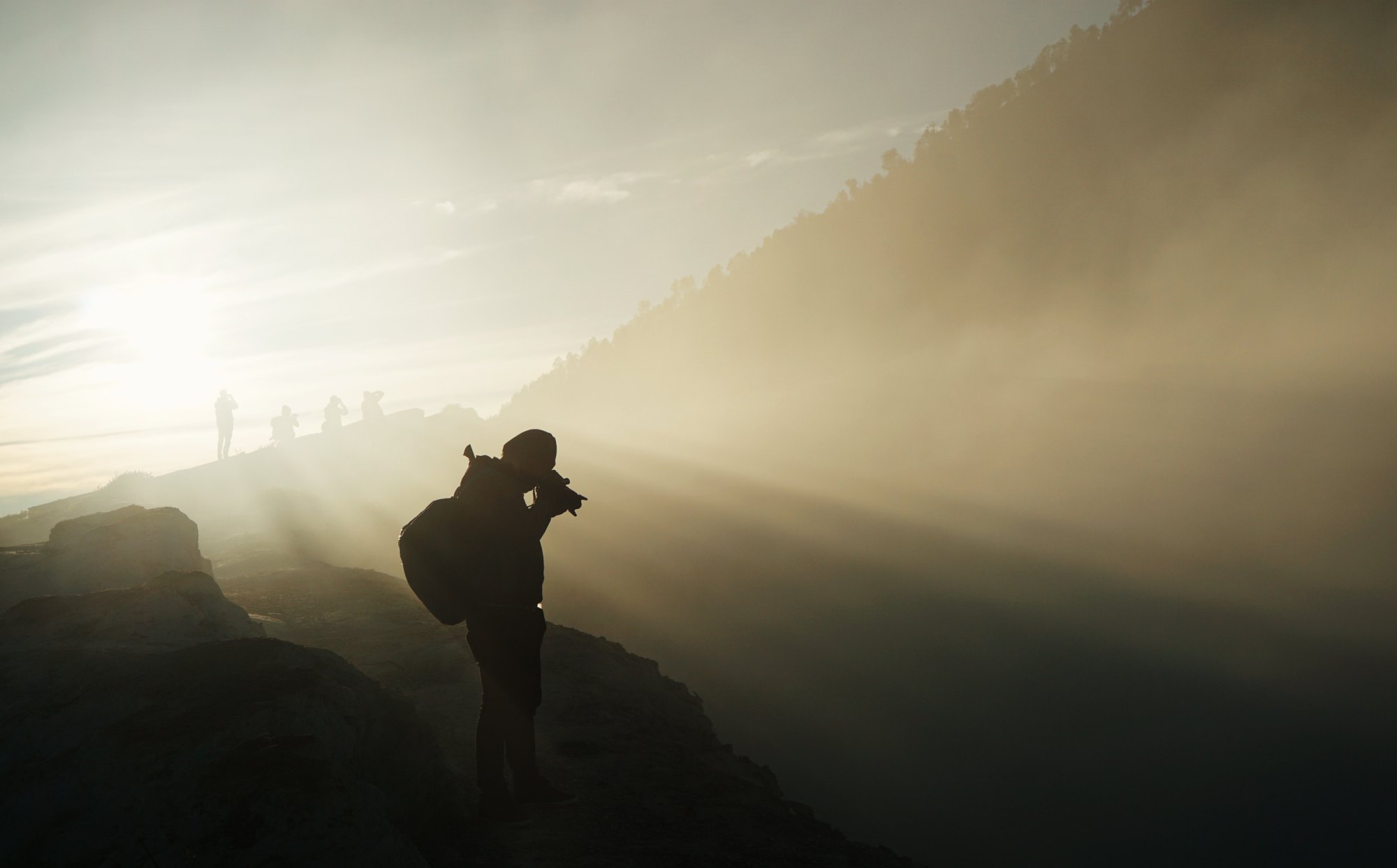 #photographyhobbyist #photographybestoftheday #photographyforever
#photographyhobbyist #photographybestoftheday #photographyforever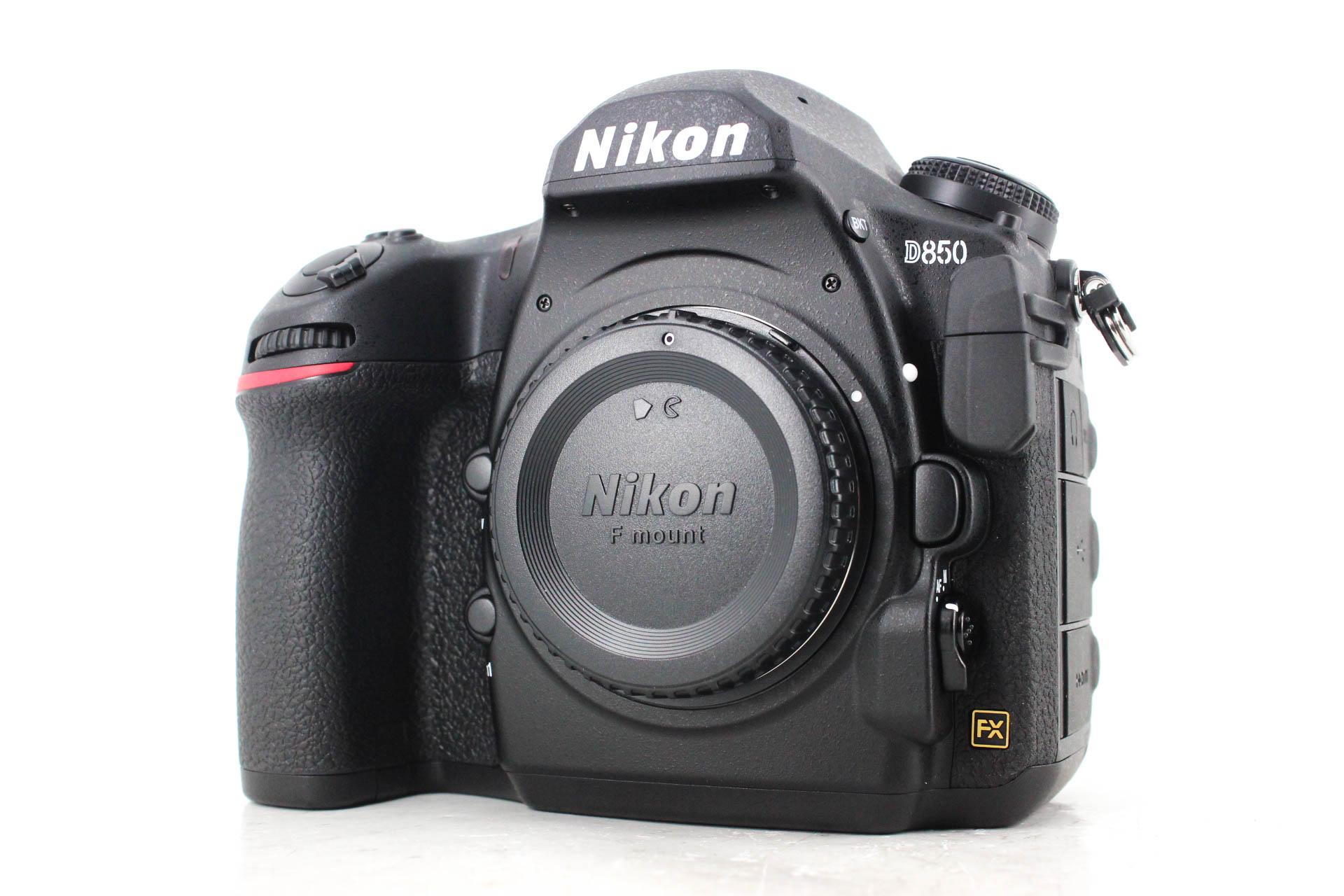
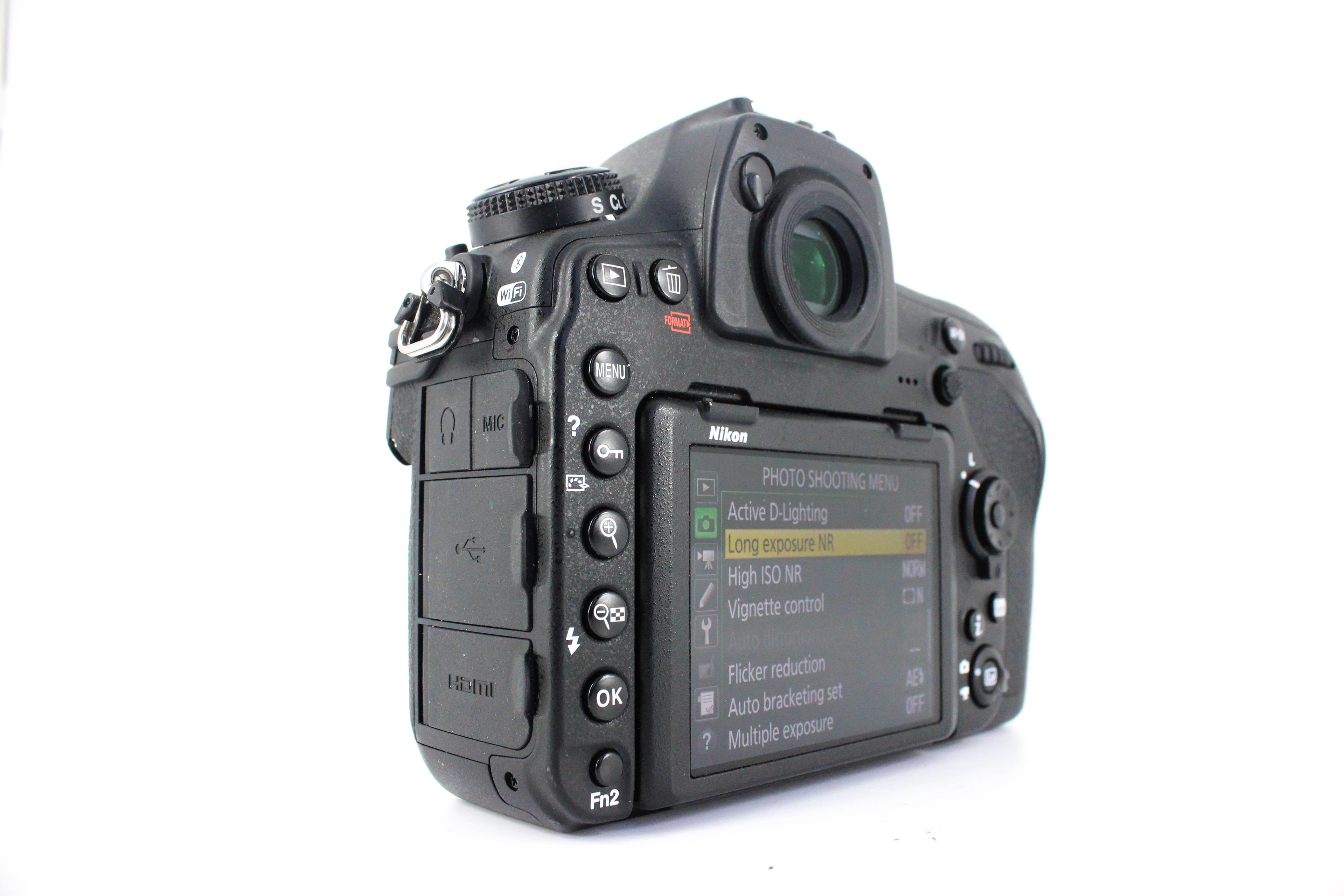

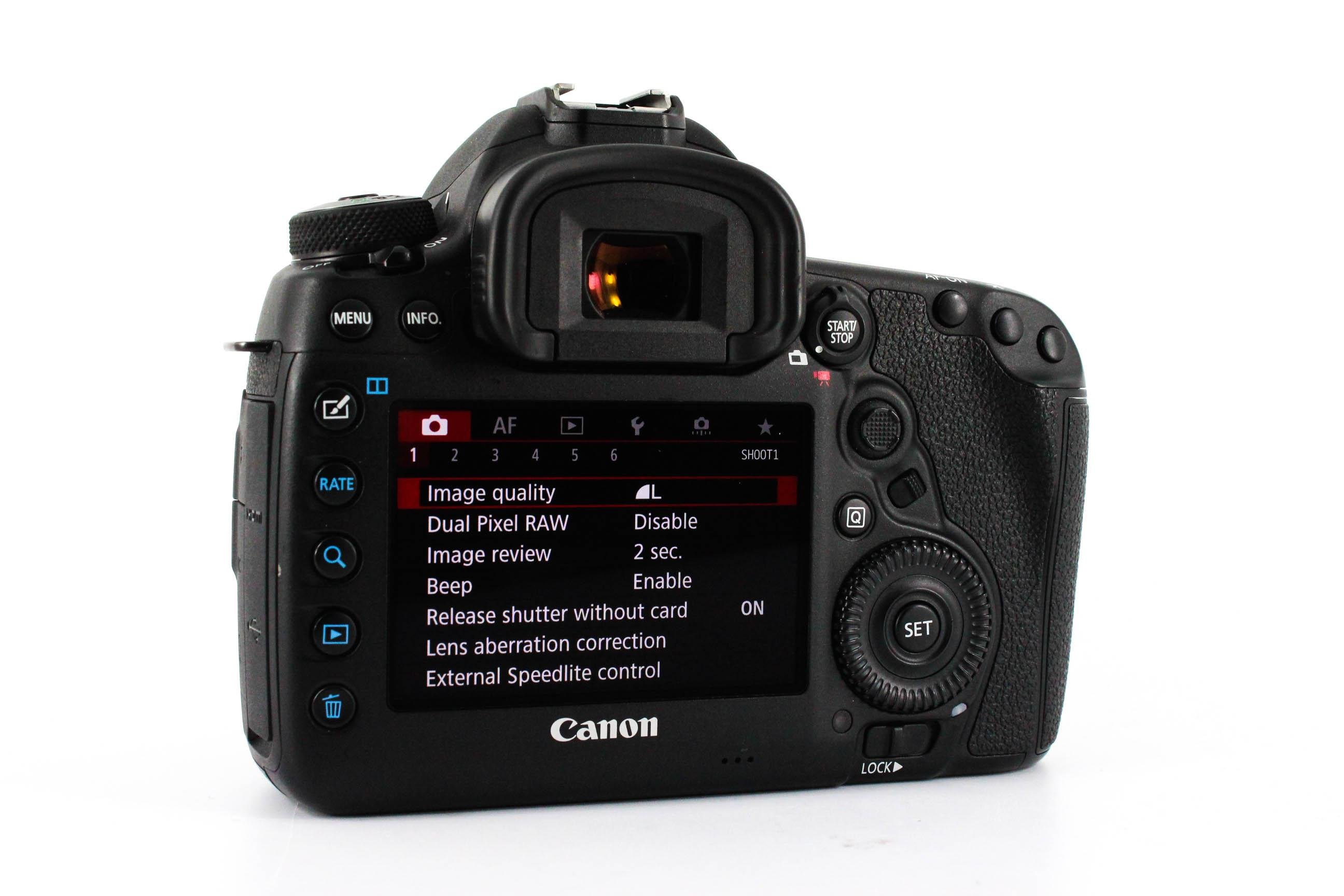
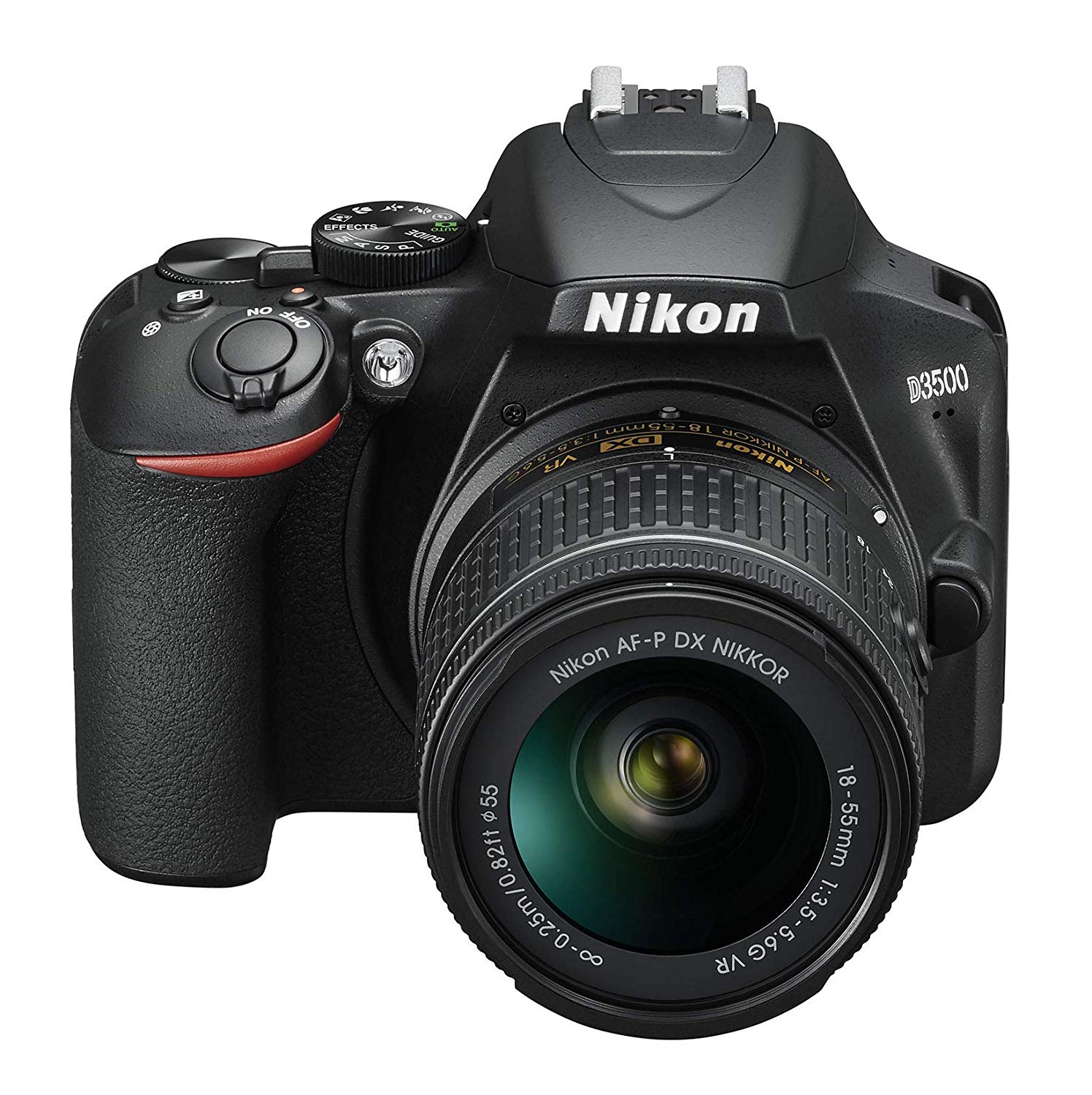

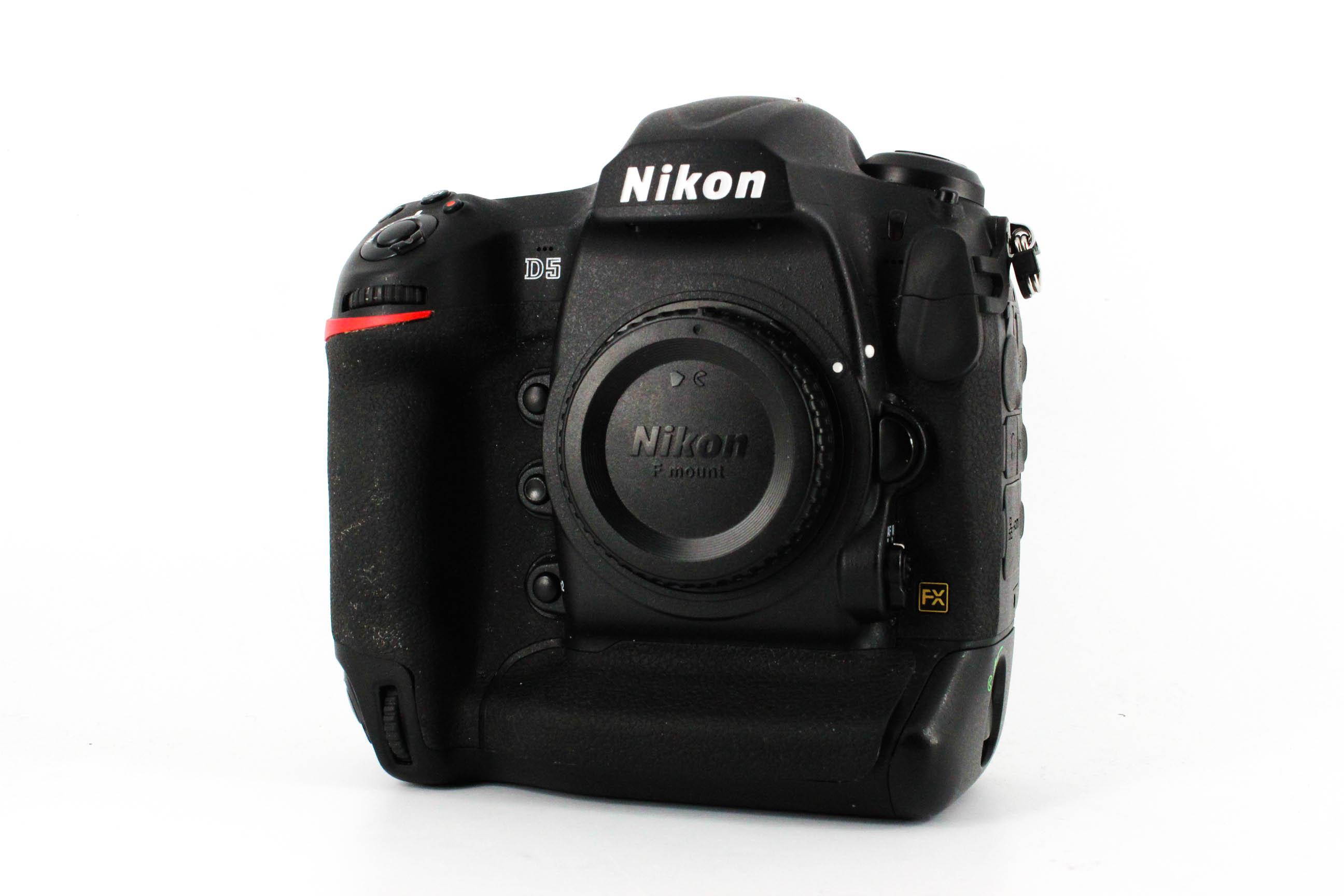
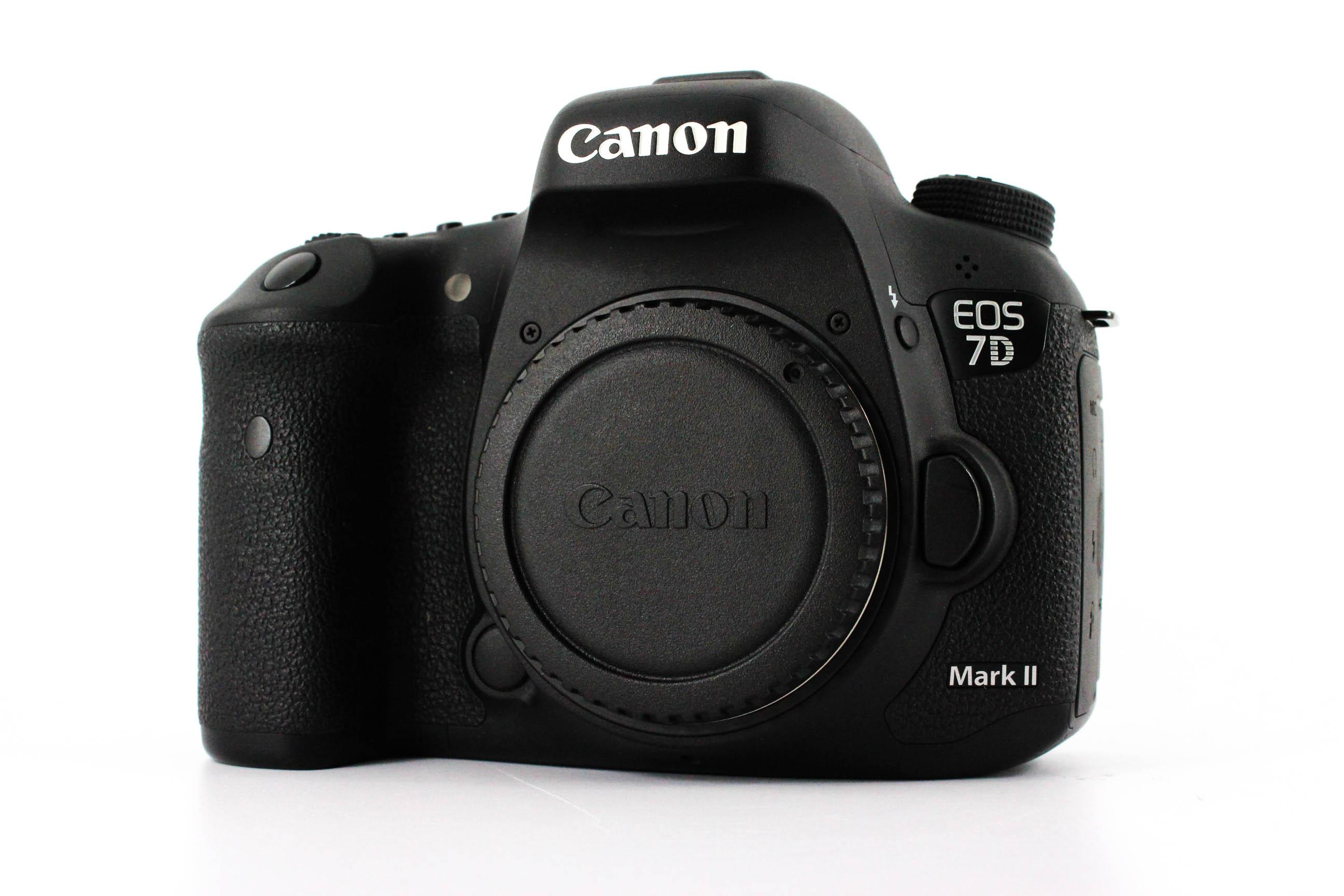
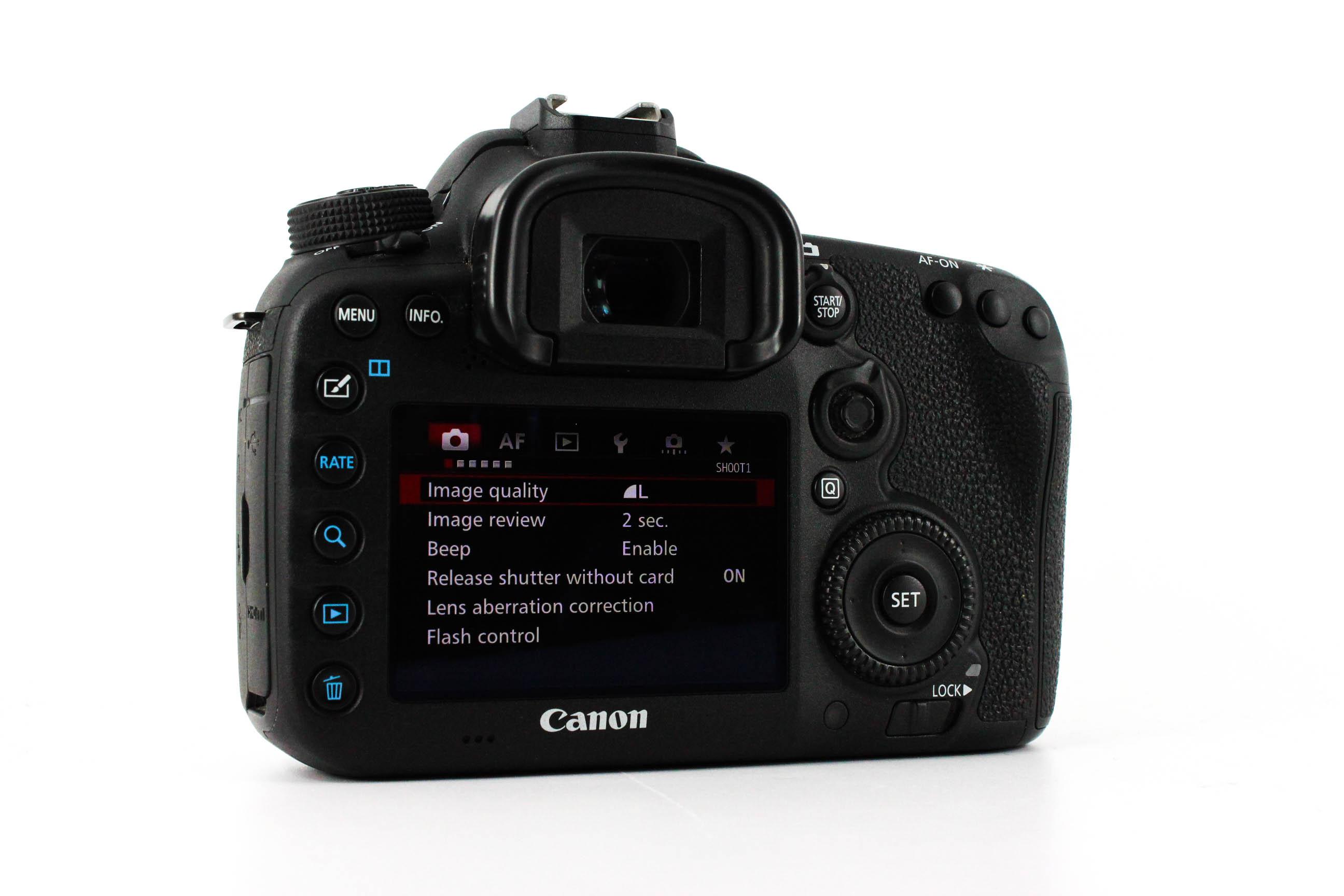

/arc-anglerfish-tgam-prod-tgam.s3.amazonaws.com/public/2KZFZPME65CYVAOHXU7P7TVHEM.jpg)
/arc-anglerfish-tgam-prod-tgam.s3.amazonaws.com/public/Y7PII7MCMNA2TLIPQHGX24KZ5Q.jpg)
/arc-anglerfish-tgam-prod-tgam.s3.amazonaws.com/public/RXL2O56MWFG5XA7ZLVS4Q2OL4A.jpg)
/arc-anglerfish-tgam-prod-tgam.s3.amazonaws.com/public/V4GVJBSZXZBABHKKUVF4H6DXYY.jpg)
/arc-anglerfish-tgam-prod-tgam.s3.amazonaws.com/public/LWAD47QHHBHOLON6OAIV2IABP4.jpg)
/arc-anglerfish-tgam-prod-tgam.s3.amazonaws.com/public/QUGZYIJJYNG25ISVSXMGWHFJOE.jpg)








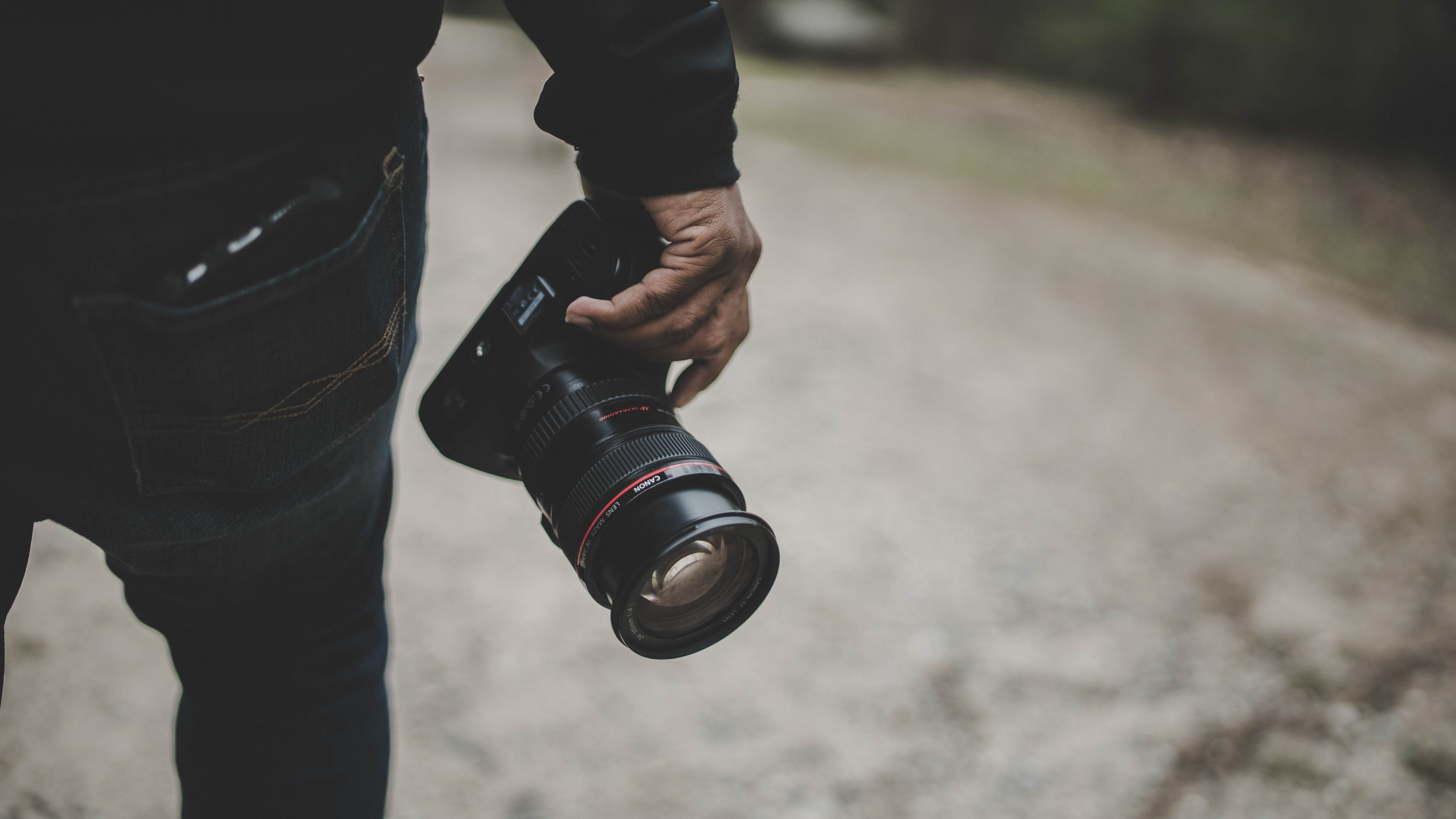 #photographyhobbyist #photographybestoftheday #photographyforever
#photographyhobbyist #photographybestoftheday #photographyforever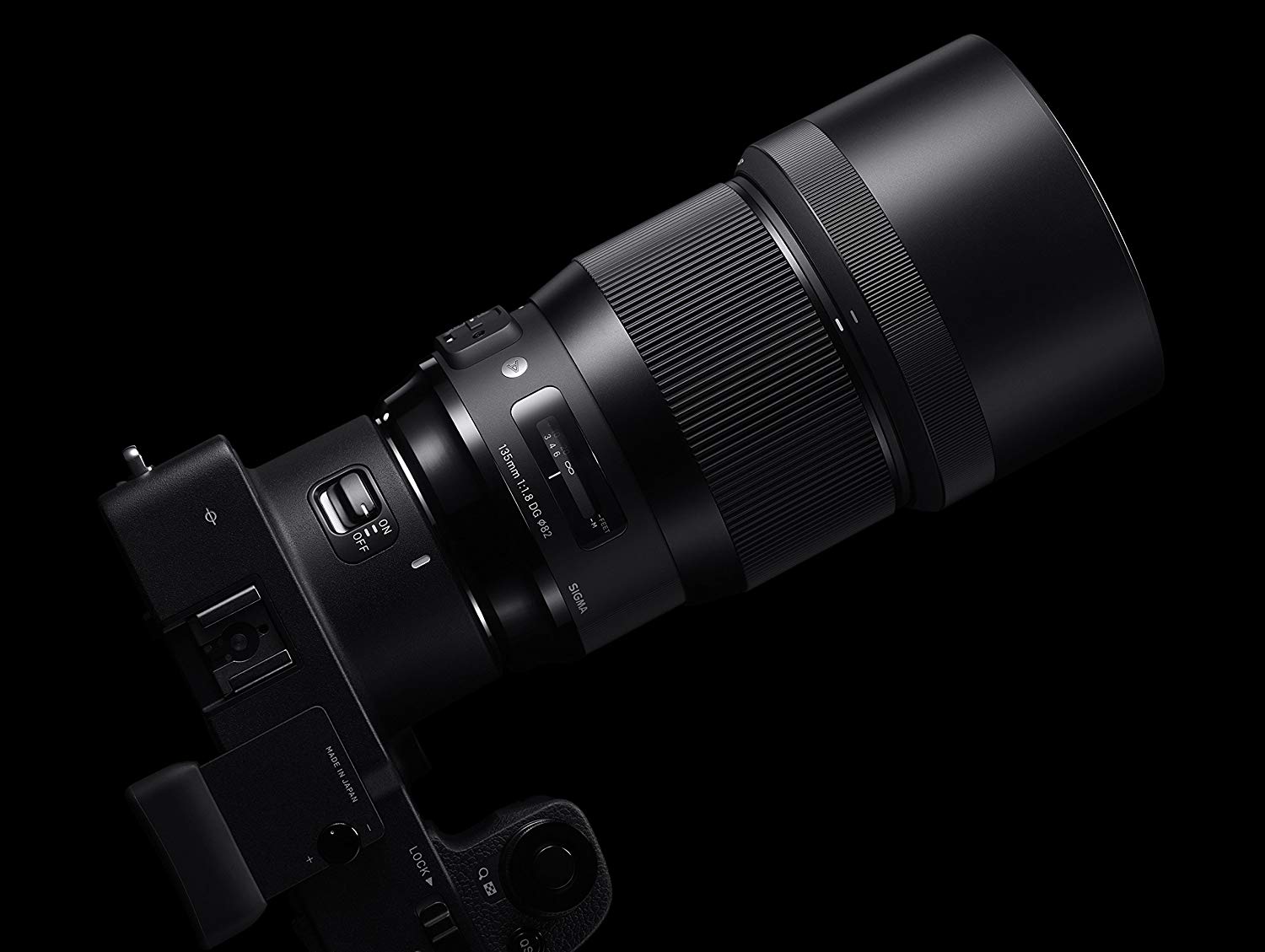
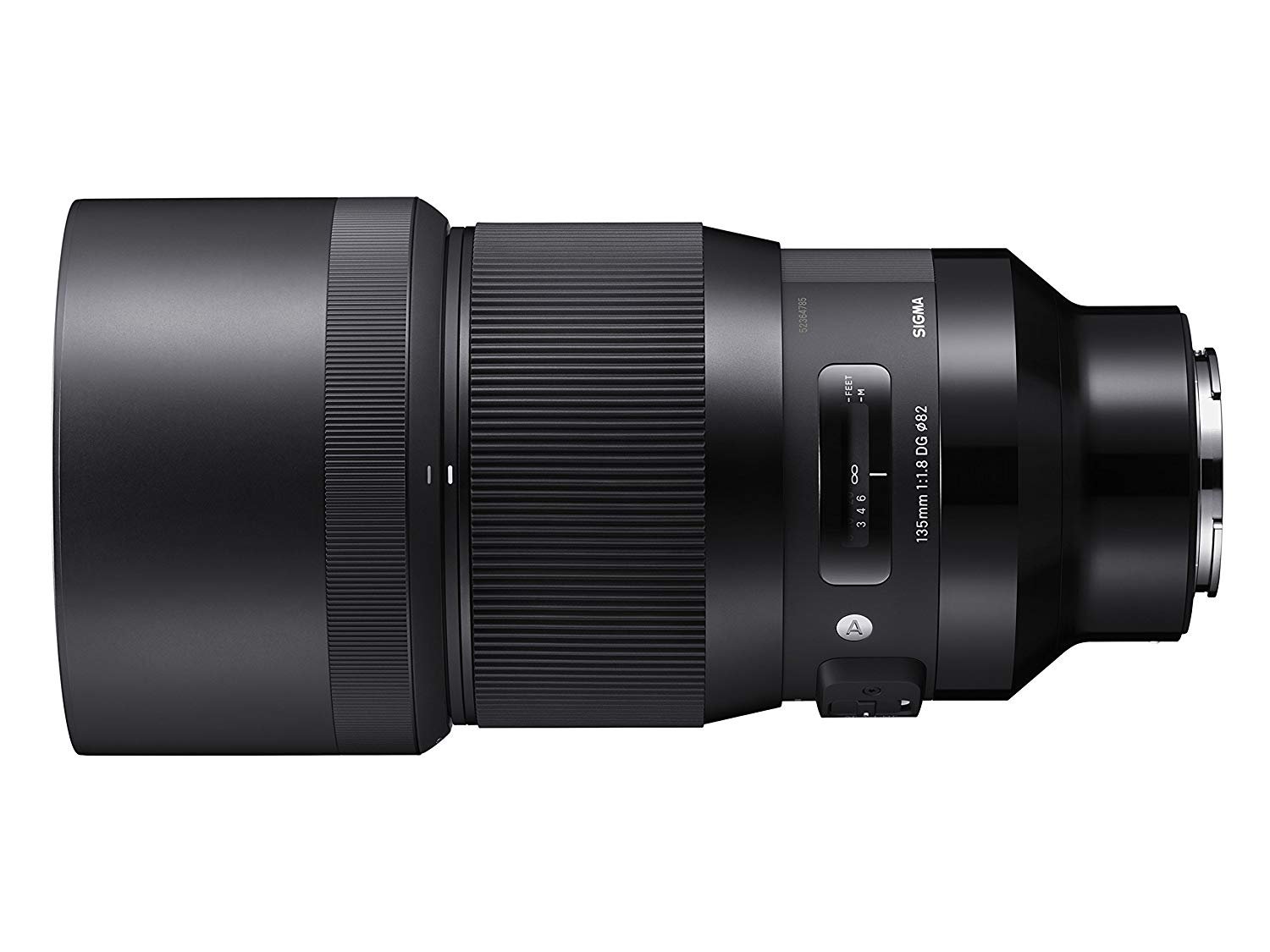
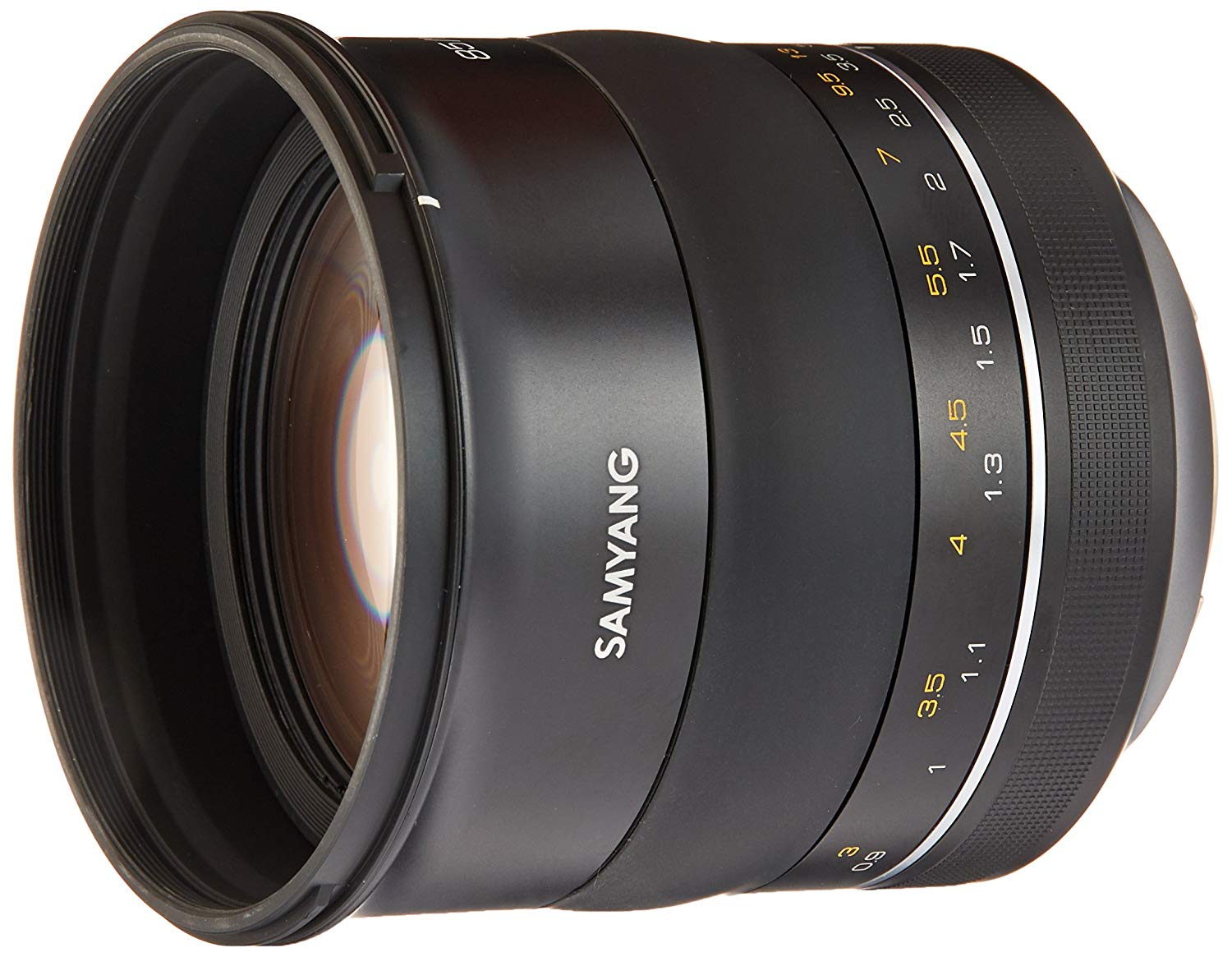
 #photographyhobbyist #photographybestoftheday
#photographyhobbyist #photographybestoftheday YouTube Screenshot/Mads Peter Iversen
YouTube Screenshot/Mads Peter Iversen YouTube Screenshot/Mads Peter Iversen
YouTube Screenshot/Mads Peter Iversen YouTube Screenshot/Mads Peter Iversen
YouTube Screenshot/Mads Peter Iversen YouTube Screenshot/Mads Peter Iversen
YouTube Screenshot/Mads Peter Iversen YouTube Screenshot/Mads Peter Iversen
YouTube Screenshot/Mads Peter Iversen
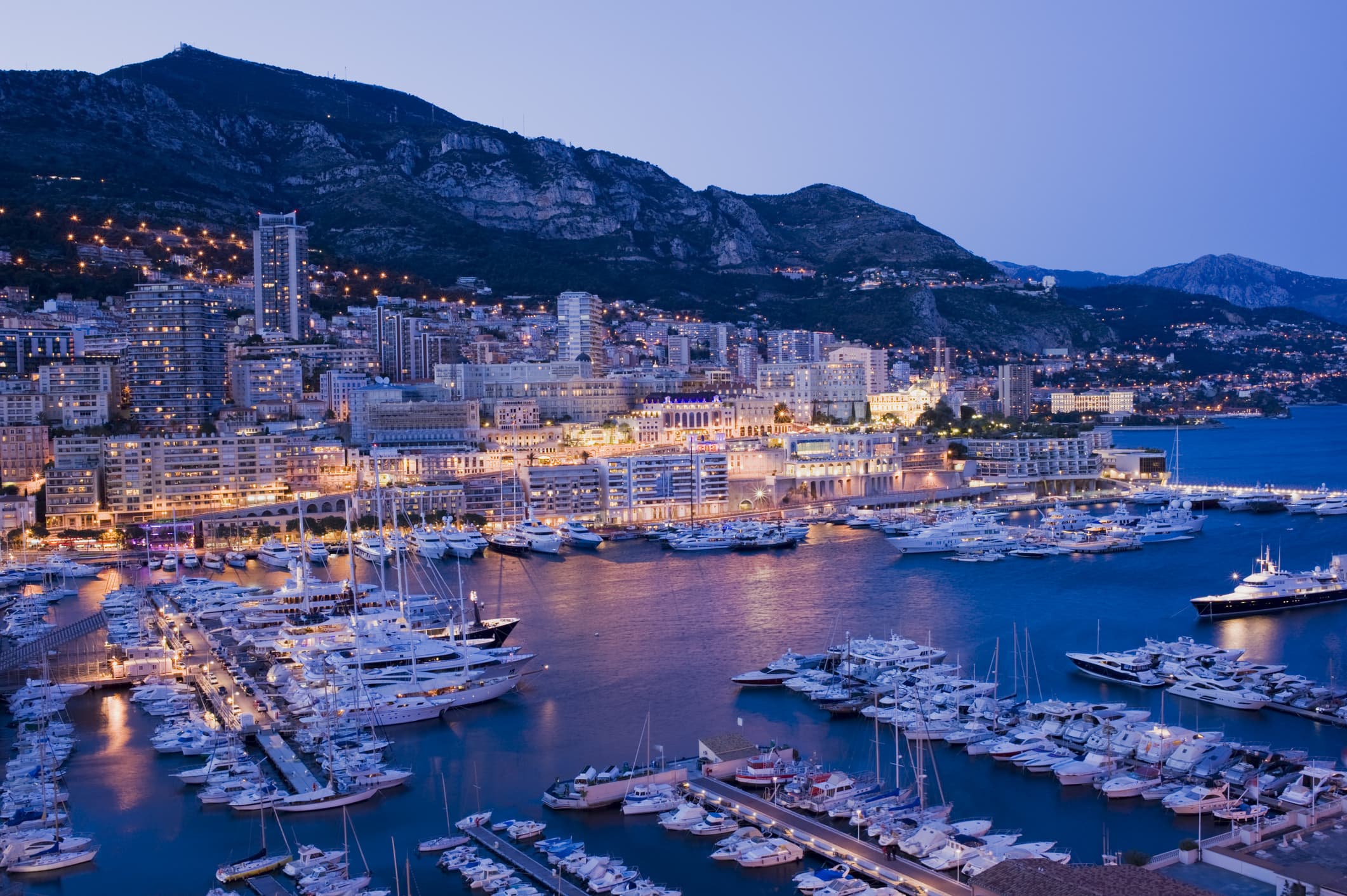 Image Credit:
Image Credit: 